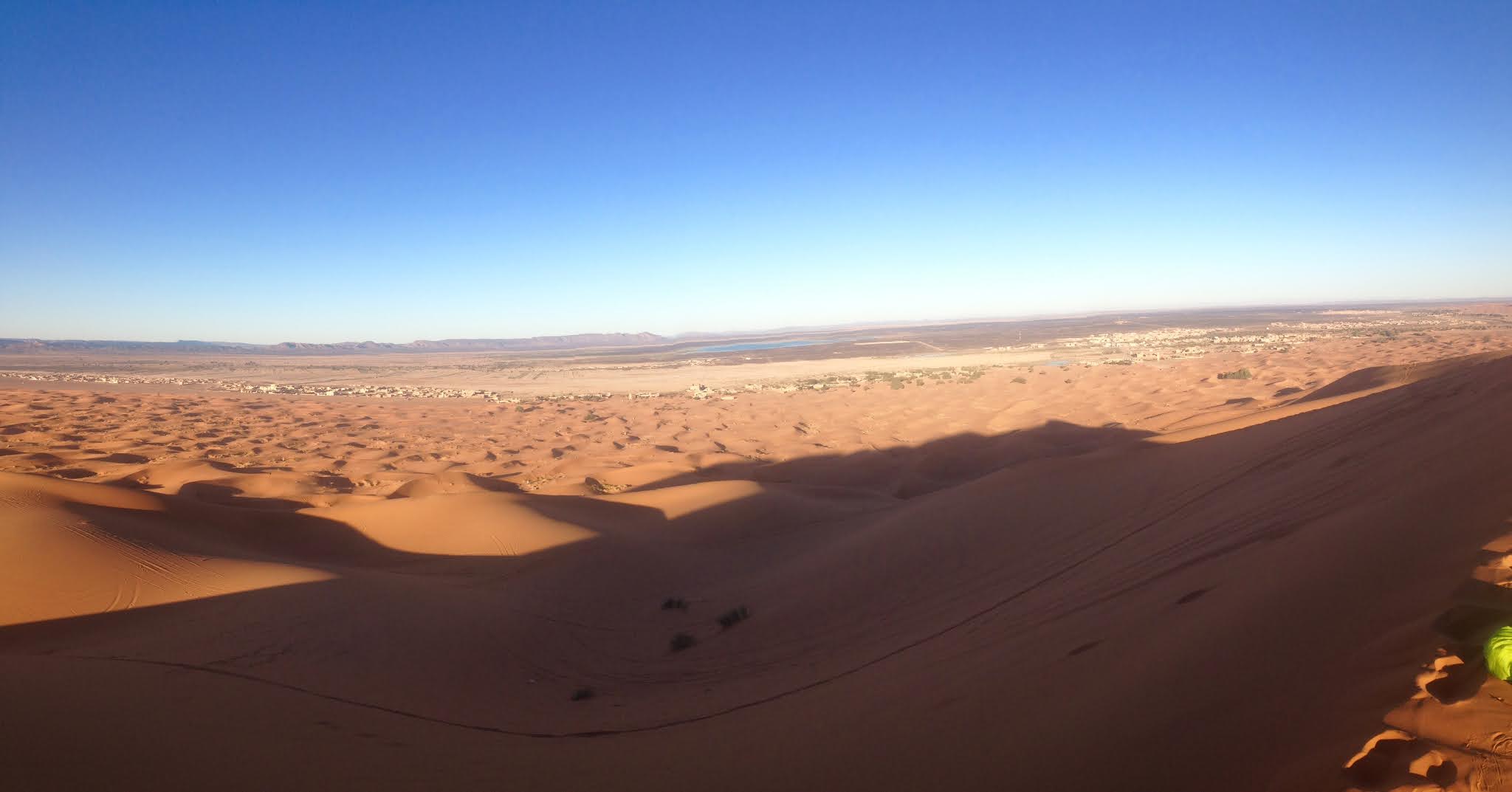 |
| The Singing Sand Phenomenon to Mysterious Cries |
The Singing Sand Phenomenon to Mysterious Cries
 |
| The Singing Sand Phenomenon to Mysterious Cries |
Suddenly, it was like a huge amphitheater exploding and humming with the same sound as a siren or perhaps an airplane engine - quite a musical, joyful, rhythmic sound with astonishing depth.The conditions were ideal for studying this sand orchestra, and the first sound was heard for quite a while - perhaps lasting about four minutes - at least enough for me to recover from the shock and pay attention to every detail.The people working at the well started to fight back with a softer music concert directed at Jinn [desert spirit] who was supposed to be responsible for the incident.
Such strange sounds, commonly called the Song of the Dunes, have been reported for centuries from places as far away as North and South America, Africa, Asia, the British Isles, the Arabian Peninsula and the Hawaiian Islands, and cultures. in the region all have their own legends and myths.
For Arabs, it was caused by a desert spirit called Jinn, but the sound was associated with a lost underground city, ghosts, gods, demons, mythical beasts, or even demons.
Another explanation
It was explorer Philby who was one of the first to suggest a scientific rationale for it, noting that the sound he heard coincided with a rain of sand descending from where one of his mentors sat.
He then noticed that the sand would produce a variety of different sounds such as barking, moaning, blaring music, trombone or fine musical instruments when the sand was deliberately disturbed by various other objects, and he said that there were several qualities for the sand itself that made it possible. to make that sound when experiencing friction.
 |
| The Singing Sand Phenomenon to Mysterious Cries |
What the exact mechanism looks like, he doesn't know, and in fact scientists are still not sure what causes it. These sand chants come in many forms.
On sand dunes there is usually a rumbling, moaning, humming or thumping sound that can last up to 15 minutes and reach up to 105 decibels, often heard from great distances.
Other sound forms include the roar, crackle, hum, moan, drum, thunder, fog whistle, or the hum of low-flying propeller planes. The sound occurs almost exclusively from crescent-shaped sand dunes called Barchans and is accompanied by a passing wind or someone walking along its summit.
The Singing Sand can also be heard on some beaches, where walking on the sand or disturbing it results in a singing, squeaking, whistling or screaming sound.
Both on dunes and on beaches, the variation in sound can be very different, as can the range of frequencies emitted, and there may be significant differences from one location to another, but no one is sure what exactly causes the phenomenon.
One idea is that this is caused by friction between large amounts of colliding sand grains, and that the size, texture, and uniformity of the grains determine the type of sound and volume produced.
Another theory is that this results from sound waves bouncing back and forth between the surface of the dune and the surface of the moist layer.
There are also those who say that it is caused by compressed air between the grains of sand, or what is called Sand Shear, which is the displacement of one layer of sand to another.
Although there are many theories that seem to allow multiple theories to emerge, in the end no one really knows what caused this Chanting of Sand. or why they should vary greatly in both the type of sound and the intensity.
It is also not known the exact conditions necessary for the phenomenon to occur, and they are extremely rare. The ever recorded phenomenon of sand singing occurs only in a few known locations around the world.
In the end, even though this strange phenomenon has been a part of folklore, myth and legend of various cultures for thousands of years, we still don't know what causes it, and it remains a baffling and unsolved oddity of nature. By: Ochie











0 comments